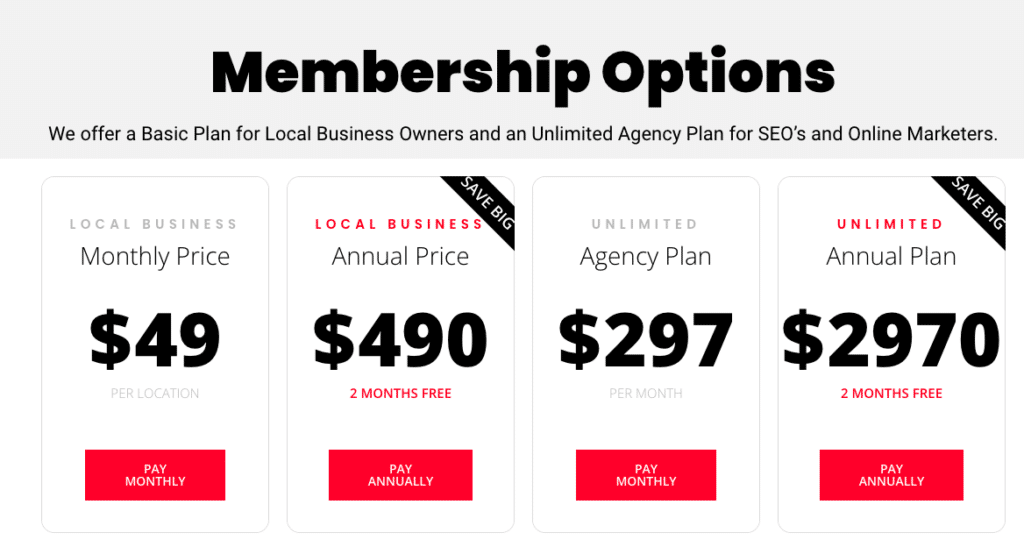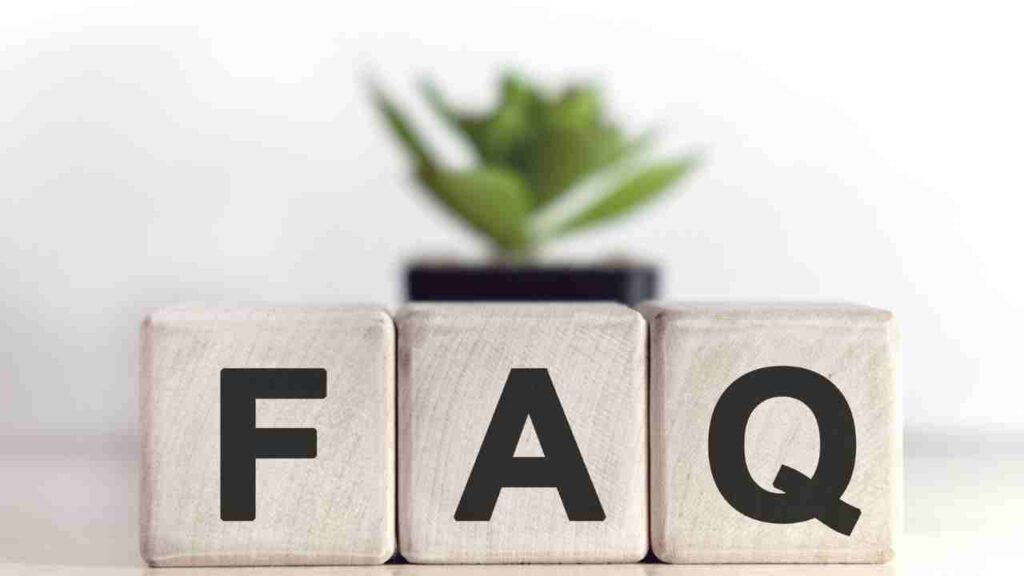Optimizing Your Local Business Listing

As a local business owner, it is crucial to optimize your business listing to ensure maximum visibility and attract potential customers. With the rise of online search and mobile usage, having a strong online presence is more important than ever. In this article, we will explore the key strategies and best practices for optimizing your local business listing, along with real-life examples and statistics to support our points.
Get a 14-DAY FREE TRIAL for 300 Local Citations you can edit on one simple dashboard.
The Importance of Local Business Listings
Before diving into the optimization techniques, let’s first understand why local business listings are so important. Local business listings are online directories that provide information about businesses in a specific geographic area. These listings are often the first point of contact for potential customers searching for local products or services.
Get your FREE 14 DAY TRIAL for over 300 local citations. Click below!

According to a study conducted by Google, 46% of all searches have local intent. This means that nearly half of all searches are looking for local businesses. Furthermore, 76% of people who search for something nearby on their smartphone visit a related business within a day, and 28% of those searches result in a purchase.
These statistics clearly demonstrate the significance of local business listings in driving foot traffic and generating sales for your business. By optimizing your listing, you can increase your chances of appearing in relevant search results and attracting potential customers.
Get a 14-DAY FREE TRIAL for 300 Local Citations you can edit on one simple dashboard.
Optimization Strategies for Local Business Listings
Now that we understand the importance of local business listings, let’s explore some effective strategies for optimizing your listing:
1. Claim and Verify Your Listing
The first step in optimizing your local business listing is to claim and verify it on popular search engines and directories such as Google My Business, Bing Places, and Yelp. This process involves providing accurate and up-to-date information about your business, including your address, phone number, website, and operating hours.
By claiming and verifying your listing, you gain control over the information displayed to potential customers. It also allows you to respond to customer reviews and engage with your audience, which can significantly improve your online reputation.
Get a 14-DAY FREE TRIAL for 300 Local Citations you can edit on one simple dashboard.
2. Optimize Your Business Description
Your business description plays a crucial role in attracting potential customers. It should be concise, informative, and engaging. Use relevant keywords that describe your products or services to improve your chances of appearing in search results.
For example, if you own a bakery in New York City, your description could include keywords such as “freshly baked bread,” “pastries,” and “custom cakes.” This will help your listing appear when someone searches for these specific terms.
3. Choose the Right Categories
When optimizing your local business listing, it is essential to choose the most relevant categories that accurately represent your business. This helps search engines understand the nature of your business and display it to the right audience.
For instance, if you own a pet grooming salon, you should select categories such as “pet grooming,” “dog grooming,” and “cat grooming.” This ensures that your listing appears when someone searches for pet grooming services in your area.
Get a 14-DAY FREE TRIAL for 300 Local Citations you can edit on one simple dashboard.
4. Add High-Quality Photos
Visual content is incredibly powerful in attracting potential customers. According to Google, businesses with photos on their listings receive 42% more requests for driving directions and 35% more clicks to their websites.
Make sure to add high-quality photos that showcase your products, services, and the overall ambiance of your business. This helps potential customers get a glimpse of what to expect and increases their likelihood of visiting your establishment.
5. Encourage Customer Reviews
Customer reviews play a significant role in influencing purchasing decisions. According to a survey conducted by BrightLocal, 85% of consumers trust online reviews as much as personal recommendations.
Encourage your satisfied customers to leave reviews on your local business listing. This not only helps build trust with potential customers but also improves your search engine rankings. Responding to reviews, both positive and negative, shows that you value customer feedback and are committed to providing excellent service.
Get a 14-DAY FREE TRIAL for 300 Local Citations you can edit on one simple dashboard.
6. Ensure Consistency Across Platforms
Consistency is key when it comes to optimizing your local business listing. Make sure that your business name, address, and phone number (NAP) are consistent across all platforms, including your website, social media profiles, and online directories.
Inconsistent NAP information can confuse search engines and potential customers, leading to a negative user experience. Use a tool like Citation Vault, a local citation service that automates 300 local citations for any business, to ensure your NAP information is accurate and consistent across the web.
Real-Life Examples and Case Studies
Get a 14-DAY FREE TRIAL for 300 Local Citations you can edit on one simple dashboard.
Let’s take a look at some real-life examples and case studies that highlight the impact of optimizing local business listings:
Example 1: Joe’s Pizza
Joe’s Pizza, a small pizzeria in Chicago, optimized their local business listing by claiming and verifying it on Google My Business. They added high-quality photos of their delicious pizzas, updated their business description with relevant keywords, and encouraged customers to leave reviews.
As a result, Joe’s Pizza saw a significant increase in foot traffic and online orders. Their listing appeared at the top of search results when someone searched for “pizza delivery in Chicago,” leading to a 30% increase in website traffic and a 20% increase in overall sales.
Case Study: The Impact of Reviews
A case study conducted by BrightLocal analyzed the impact of customer reviews on local business listings. The study found that businesses with an average rating of 4 stars or higher received 12 times more clicks and calls compared to those with lower ratings.
Furthermore, businesses that responded to at least 32% of their reviews saw a 42% increase in conversion rates. This highlights the importance of actively managing and responding to customer reviews to improve your online reputation and attract more customers.
Get a 14-DAY FREE TRIAL for 300 Local Citations you can edit on one simple dashboard.
Optimizing your local business listing is crucial for attracting potential customers and driving sales. By claiming and verifying your listing, optimizing your business description, choosing the right categories, adding high-quality photos, encouraging customer reviews, and ensuring consistency across platforms, you can significantly improve your online visibility and reputation.
Remember to use tools like Citation Vault to automate the process of creating local citations and ensure consistency across the web. By following these strategies and best practices, you can maximize the impact of your local business listing and stay ahead of the competition.
So, take the necessary steps today to optimize your local business listing and watch your business thrive in the digital age.
Learn more about “Pros and Cons of Local Business Listing Services” here.
Frequently Asked Questions about Optimizing Your Local Business Listing

How Can I Optimize My Local Business Listing for Search Engines?
Great question! SEO isn’t just for your website; it’s vital for your local business listings too. Start with claiming and verifying your Google My Business account. Then, make sure all your NAP (Name, Address, Phone Number) information is accurate across all platforms. Use keyword-rich descriptions and categories relevant to your business. Additionally, post high-quality images and encourage customer reviews for added credibility.
Does Adding Photos to My Business Listing Make a Difference?
Absolutely, yes! Photos add a visual element that can entice potential customers. Think of it as your digital storefront. High-quality images of your business, staff, or products can significantly enhance user engagement. The more you can show, the better—be it your office space, products, or the happy faces of your staff or customers.
How Important Is Location Data in Local Business Listings?
Location, location, location! Accurate location data is crucial. You want to ensure that people can find you both online and offline. Google Maps integration is often considered a standard feature in local business listings. Make sure that your location is pinpoint accurate and consistent across all platforms. The last thing you want is a customer getting lost trying to find you.
How Can Customer Reviews Boost My Local Listing?
Reviews are the digital word-of-mouth for your business. Encourage satisfied customers to leave positive reviews and always respond to reviews—both good and bad. This not only boosts your credibility but also shows you’re engaged with your customer base. High ratings can improve your search visibility and make you stand out in local searches
What Metrics Should I Track to Measure the Effectiveness of My Local Listing?
The metrics you track can provide you with valuable insights into customer behavior and listing performance. Keep an eye on:
Impressions: The number of times your listing appears in search results.
Click-Through Rates (CTR): The percentage of people who clicked on your listing after seeing it.
Engagement: Actions taken on your listing, such as calls, website visits, or direction queries.
Review Metrics: Number of reviews, average rating, and response rates.
By monitoring these metrics, you can gauge the effectiveness of your local listing and make data-driven adjustments.
And there you have it! Optimize your local business listing like a pro and get ready to make your business more visible and attractive to local customers.
- local business listings
- local canadian citations
- local citations
- Optimizing Your Local Business Listing






